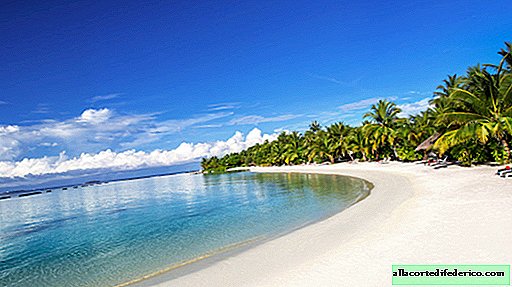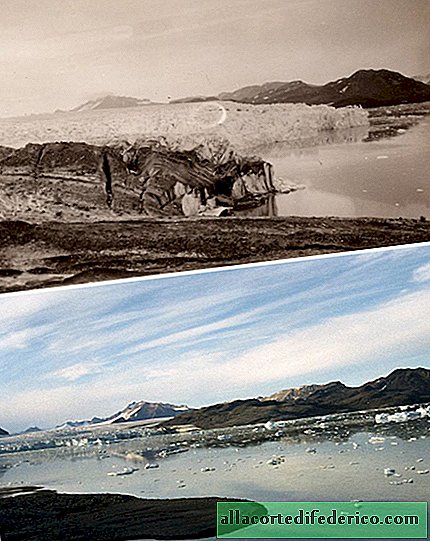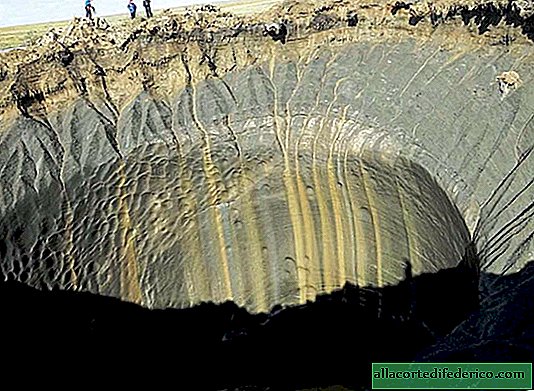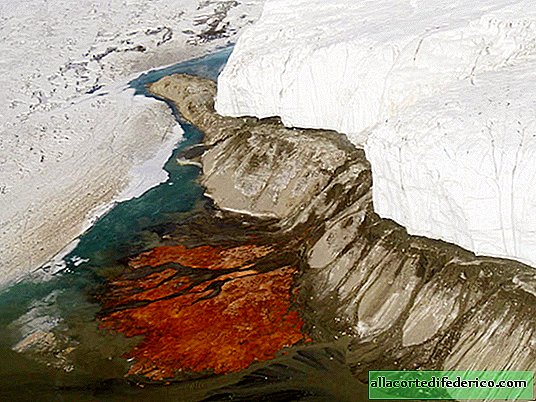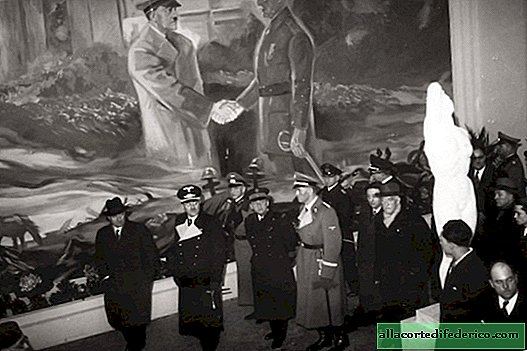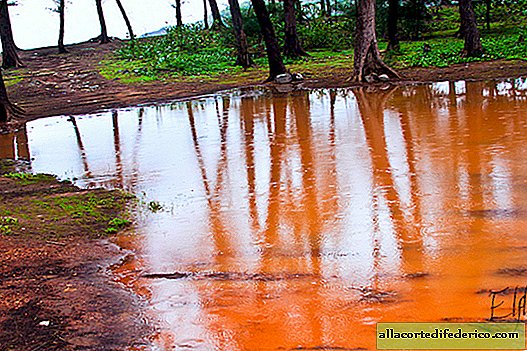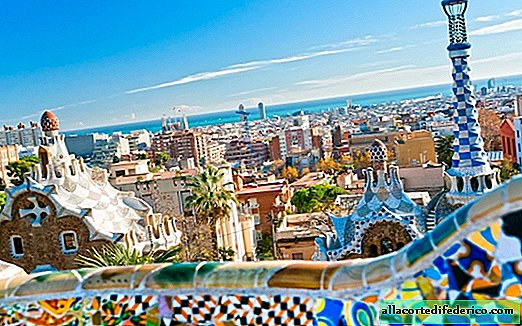Chiloe Island and its wooden churches that survived more than one earthquake
Off the coast of Chile there is an amazing island called Chiloe. This is not the most hospitable place on the planet, it has a harsh climate and frequent earthquakes, but people have been living here for centuries. The most amazing attraction of this land corner are the Catholic temples, which are unlike any other in the world.
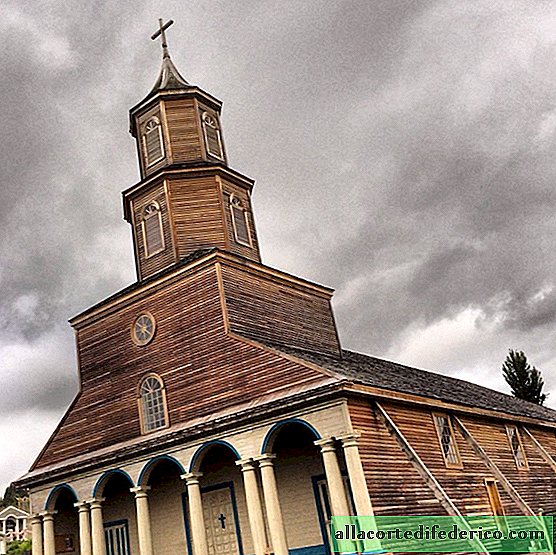
Unusual in their architecture, Catholic churches appeared on the island with the arrival of the Spaniards in this region. The conversion of local residents to Christianity, and the Mapuche Indians lived on the island at that time, was one of the main tasks during the period of Chiloe colonization. Since the XVI century, several port towns were founded on the island of Chiloe, and as a result of the activities of missionaries, many original churches appeared here. Almost all of these temples are built of wood and are somewhat reminiscent of ancient churches on the island of Iceland. But the European architectural traditions in these temples have something in common with the local Native American, which gives them a unique flavor. The unusual architecture and the amazing preservation of the temples built in the XVIII-XIX centuries, served as the reason for their inclusion in the Chilean list of UNESCO cultural heritage.

It is surprising that these Catholic churches survived more than one earthquake, including the greatest Chilean earthquake on the planet. It happened in 1960, and its magnitude was, according to various estimates, from 9.3 to 9.5. The epicenter of the disaster was located near the city of Valdivia, in the continental part of Chile, about 200 kilometers north of the island of Chiloe. As a result of the Great Chilean earthquake on the island, the city of Castro was badly damaged, and Ancud had to be restored from scratch.

The inhabitants of the island, and today there are more than 150 thousand of them, are engaged in fishing and agriculture. Here you can meet Indians and Mestizos, and part of the population of Castro still lives in unusual houses built on stilts using technology that has been around for centuries.

The nature of this island, which is part of the Chiloe National Park, is no less interesting than its architectural sights and the life of the local population. Evergreen forests with a large number of rare and endangered plant species, as well as representatives of the island fauna are protected here. In addition, in the Gulf of Corcovado, which separates Chiloe from the mainland, you can see flocks of blue whales that come here in the summer.

Due to the rare combination of historical, cultural and natural attractions, the island of Chiloe is very popular among tourists. And you can get here by ferry, located in the north of the island.













